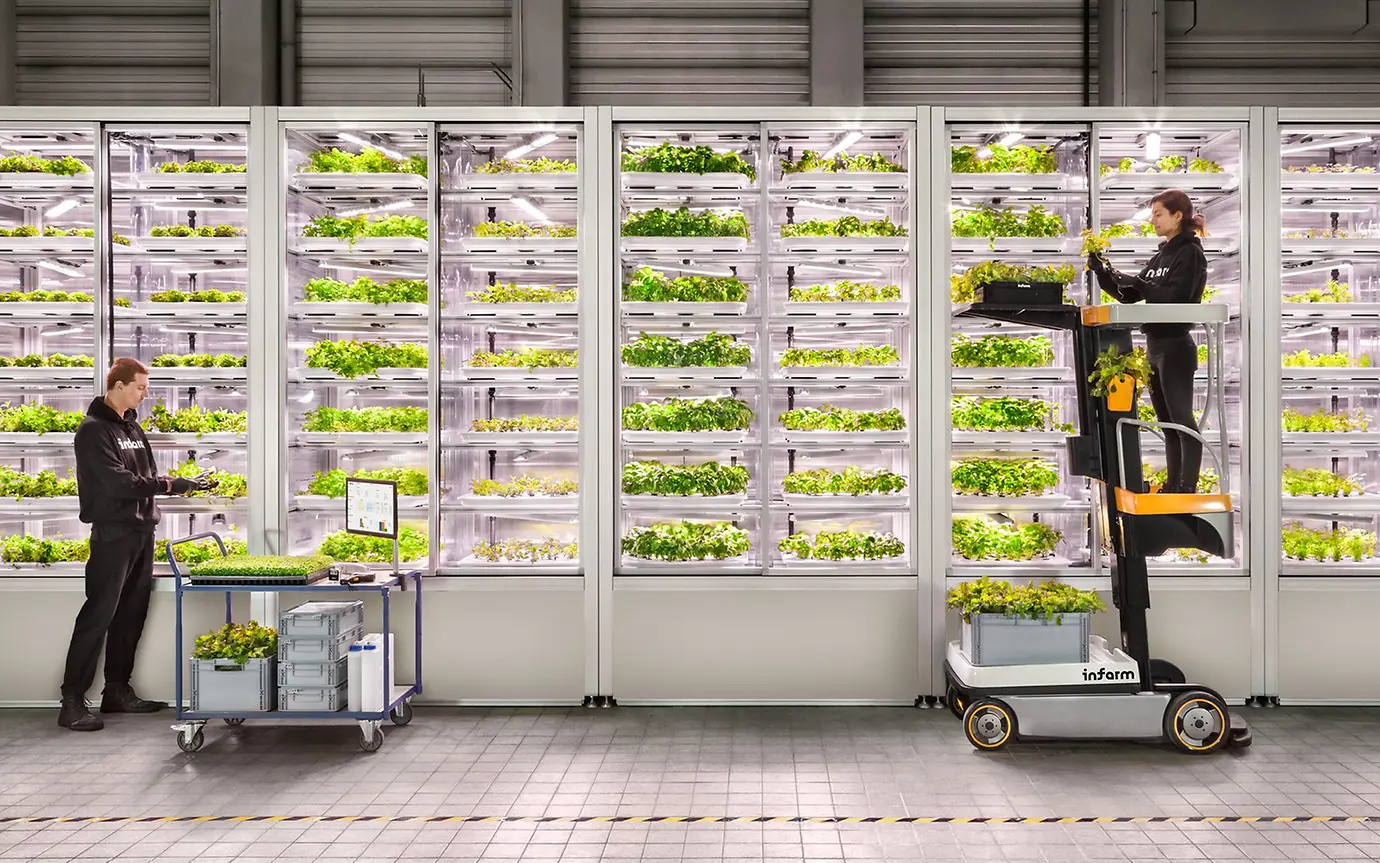Vertical Farming Systems for Small-Scale Food Production: Your Guide to Growing Up
Imagine plucking fresh, crisp lettuce for your lunch salad from a living wall in your own kitchen. Or harvesting a handful of sun-ripened strawberries from a tower on your apartment balcony. This isn’t science fiction. It’s the very real, very accessible world of small-scale vertical farming.
Forget the image of vast, sprawling fields. Vertical farming is exactly what it sounds like: growing food in vertically stacked layers. It’s a powerful solution for urban dwellers, homesteaders, and anyone with more ambition than acreage. Honestly, it’s about making the most of the space you have, turning blank walls and empty corners into productive, green ecosystems.
Let’s dive into how you can bring this revolutionary growing method home.
Why Go Vertical? The Compelling Case for Small-Scale Systems
So, what’s the big deal? Well, the benefits are, frankly, stacked in your favor.
First, there’s the space. Or rather, the lack of it you need. By growing upwards, you can achieve a yield that would require a garden plot many times larger. A single tall tower can produce the same number of plants as a 50-square-foot garden bed. That’s a game-changer for small backyards, patios, and even indoor spaces.
Then there’s control. You’re no longer at the mercy of poor soil, pests, or unpredictable weather. Indoor vertical farming systems let you create the perfect environment year-round. No more battling slugs or a surprise late frost. Your growing season is 365 days long.
And we can’t ignore the resource savings. These systems are notoriously efficient, often using up to 95% less water than traditional agriculture because they recirculate every drop. They also eliminate agricultural runoff, which is a major plus for the environment.
A Look at the Tech: Popular Systems for the Home Grower
Not all vertical farms are created equal. The “best” system really depends on your goals, space, and how hands-on you want to be. Here’s a breakdown of the most accessible methods for small-scale food production.
Hydroponics: Gardening Without Soil
This is probably the most common method you’ve seen. Hydroponics involves growing plants in a nutrient-rich water solution, with their roots suspended directly in the liquid or supported by an inert medium like clay pebbles or rockwool.
For vertical setups, two styles shine:
- NFT (Nutrient Film Technique) Channels: Picture a slightly sloped, shallow gutter. A thin film of nutrient solution constantly flows down the channel, bathing the plant roots that dangle inside. It’s fantastic for fast-growing, lightweight greens like lettuce, basil, and spinach.
- Tower Gardens: These are the skyscrapers of the plant world. Tall, vertical structures with planting ports all around. Water is pumped to the top and trickles down, nourishing each plant on its way. They have a surprisingly small footprint and a huge visual impact.
Aquaponics: The Ecosystem in a Loop
This one is genuinely cool. Aquaponics marries hydroponics with aquaculture—that is, raising fish. Here’s the deal: the fish produce waste, which naturally becomes ammonia in the water. Beneficial bacteria then convert that ammonia into nitrates, which is a perfect plant food. The plants clean the water by absorbing these nutrients, and the freshly filtered water is returned to the fish tank.
It’s a closed, symbiotic loop. You’re essentially creating a self-fertilizing ecosystem. You get to harvest both fresh vegetables and fish (like tilapia or trout) from the same system. It’s a bit more complex to set up, but the payoff in efficiency and sheer fascination is immense.
Aeroponics: The High-Tech Mist
If hydroponics is efficient, aeroponics is its ultra-efficient cousin. In this method, plant roots hang in the air inside a closed chamber. They are periodically misted with a fine, nutrient-dense spray.
This constant access to both oxygen and nutrients supercharges growth. Aeroponic systems for small-scale urban farming can produce stunningly fast growth rates and higher yields. The downside? They can be more expensive and require a reliable power source for the misting pumps. A pump failure can be devastating since the roots have no medium to hold moisture.
What Can You Actually Grow? (Spoiler: A Lot)
You might think your options are limited. They’re not. While these systems are legendary for producing leafy greens, your vertical farm can be surprisingly diverse.
| Best Bets (Easy & Prolific) | Worth a Try (A Bit More Challenging) |
| Lettuce (all types) | Strawberries |
| Kale & Swiss Chard | Bush Beans |
| Herbs (Basil, Mint, Cilantro) | Peppers (smaller varieties) |
| Spinach & Arugula | Peas |
| Microgreens & Sprouts | Dwarf Tomatoes |
Heavy, vining plants like pumpkins or large tomatoes are generally not suitable. The goal is to focus on compact, high-value crops that thrive in controlled environments.
Getting Started: Your First Steps into Vertical Growing
Feeling inspired? Good. Here’s a simple, no-stress plan to get your own system off the ground.
- Assess Your Space & Light: This is the non-negotiable first step. How much room do you really have? A sunny south-facing window? A spare corner in the garage where you could add a grow light? The amount and quality of light will be the single biggest factor in your success.
- Choose Your Champion System: Start simple. A ready-to-use hydroponic tower kit or a compact NFT system is a fantastic way to learn the ropes without getting overwhelmed. DIY is an option, but for your first foray, a kit removes a lot of guesswork.
- Source Your Supplies: You’ll need the system itself, a quality nutrient solution formulated for hydroponics, growing media (like those clay pebbles), and, of course, seeds or seedlings. Opt for heirloom or non-GMO seeds for the best flavor.
- Monitor & Maintain: This isn’t a “set it and forget it” hobby. You’ll need to check the water pH and nutrient levels (known as EC or PPM) regularly. It sounds technical, but with a couple of cheap meters, it becomes a quick, 2-minute ritual.
The Real Deal: Weighing the Pros and Cons
Let’s be real for a second. It’s not all effortless harvests. There are hurdles.
The initial investment can be higher than buying a few bags of soil and some pots. You’re paying for technology and efficiency. There’s also a learning curve. Understanding the basics of plant nutrition and water chemistry is part of the deal. And, most systems rely on electricity to run water and air pumps, making you vulnerable to power outages.
But the pros? They are profound. The incredible space efficiency. The massive water savings. The year-round, hyper-local, pesticide-free food grown literally steps from your kitchen. For many, that’s more than worth the trade-off.
The Future is Growing Upwards
Vertical farming systems for small-scale food production represent a quiet revolution. It’s a shift away from distant, industrial agriculture and towards a more personal, resilient, and sustainable way of feeding ourselves and our communities.
It reconnects us to our food in the most direct way possible. There’s a unique satisfaction that comes from nurturing a seed to harvest in a system you manage, a tiny, self-contained world of growth. It’s not just about the food—though that’s a delicious benefit. It’s about reclaiming a piece of the process and, in doing so, growing a bit more self-sufficient every day.









